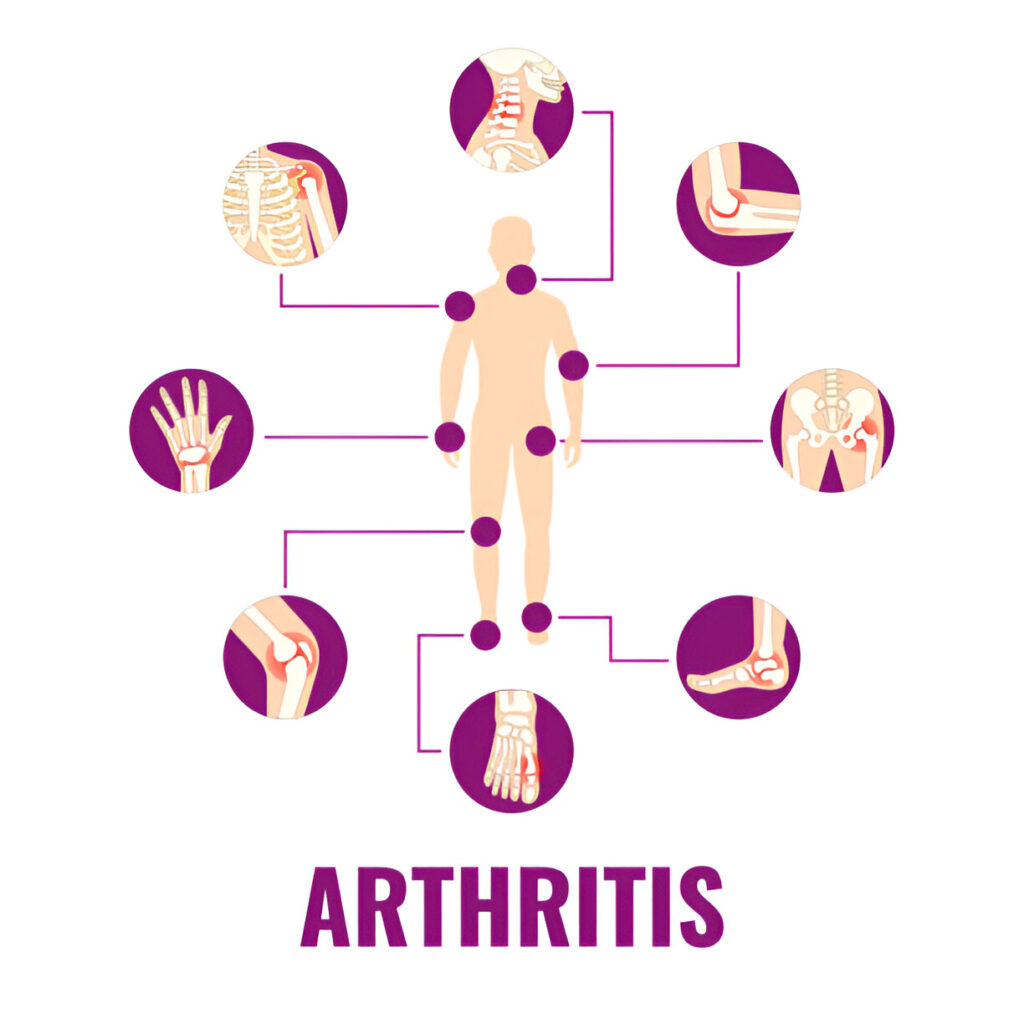About Juvenile Arthritis
Home / juvenile Arthritis
About Juvenile Arthritis
Juvenile arthritis is not a single disease, but a term that describes autoimmune and inflammatory conditions that can develop in children under the age of 16. These conditions affect nearly 300,000 children in the United States alone.

Types of Juvenile Arthritis
Oligoarthritis
This type of JIA affects fewer than five joints, most often in the knee, ankle and elbow. It also can cause uveitis, an inflammation of the middle layer of the eye (the uvea). Uveitis may be undetectable without a dedicated eye exam. About half of all children with JIA have oligoarthritis; it is more common in girls than in boys. Many children will outgrow oligoarthritis by adulthood. In some children, it may spread to eventually involve more joints.
Polyarthritis
This type of JIA affects five or more joints, often the same joints on each side of the body. Polyartritis can also affect the neck and jaw joints and the smaller joints, such as those in the hands and feet. It is more common in girls than in boys and accounts for 20 percent of JIA patients
Systemic arthritis
Also called Still's disease, this type occurs in about 10 to 20 percent of children with JIA. A systemic illness is one that can affect the entire body or many body systems. Besides arthritis, systemic JIA usually causes persistent high fever and rash, which most often appears on the trunk, arms and legs when fever spikes. It can also affect internal organs, such as the heart, liver, spleen and lymph nodes. This type of JIA affects boys and girls equally and rarely affects the eyes.
Enthesitis-related arthritis
Also known as spondyloarthropathy. This type of arthritis often affects the spine, hips and entheses (the points where tendons and ligaments attach to bones), and occurs mainly in boys older than seven years. The eyes are often affected in this type of arthritis, and may become painful or red.
Psoriatic arthritis
This type of arthritis affects children who have arthritis and psoriasis, a rash that causes raised red patches or skin lesions covered with a silvery white buildup of dead skin cells. Psoriatic arthritis can also cause nail changes that look like dimpling or pitting.
Undifferentiated arthritis
This is arthritis that has symptoms of 2 or more JIA types above. Or the symptoms might not match any type of JIA.
